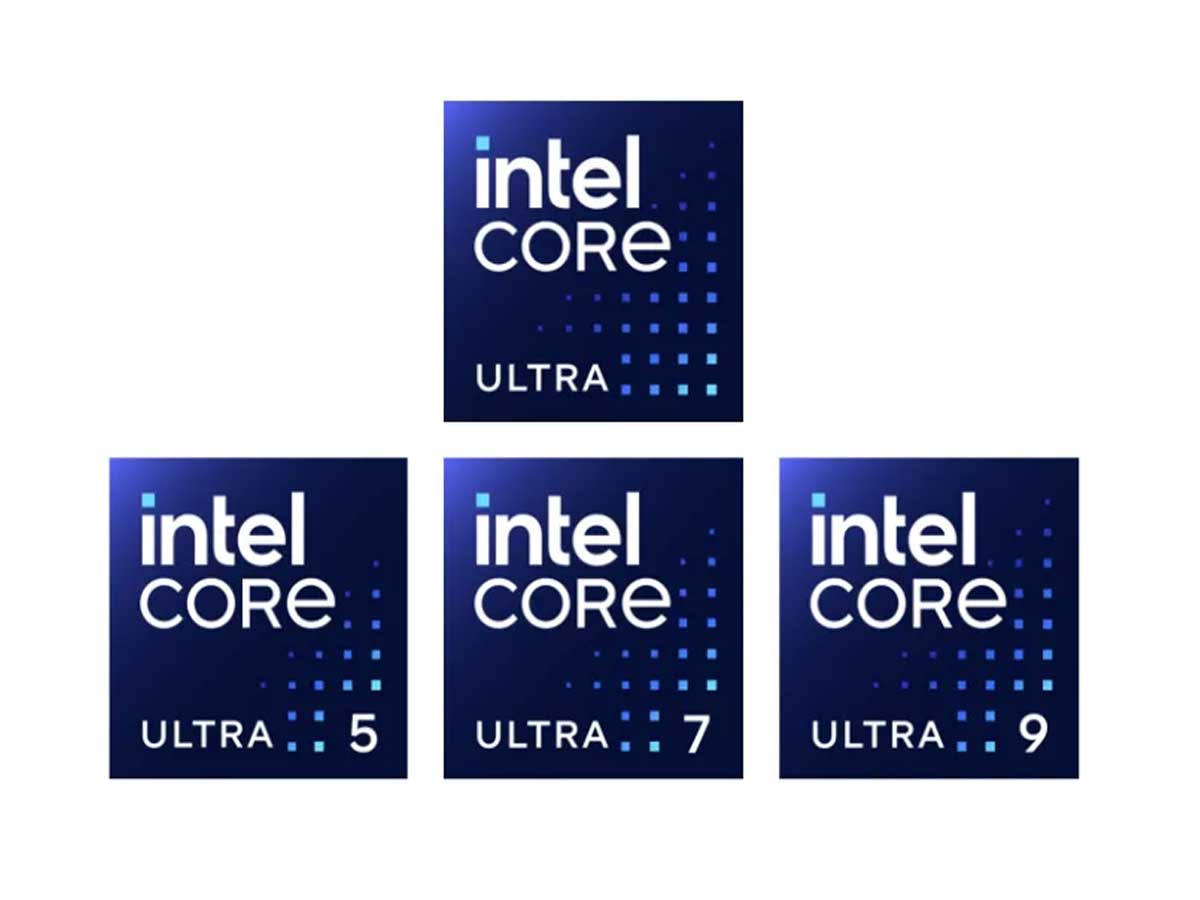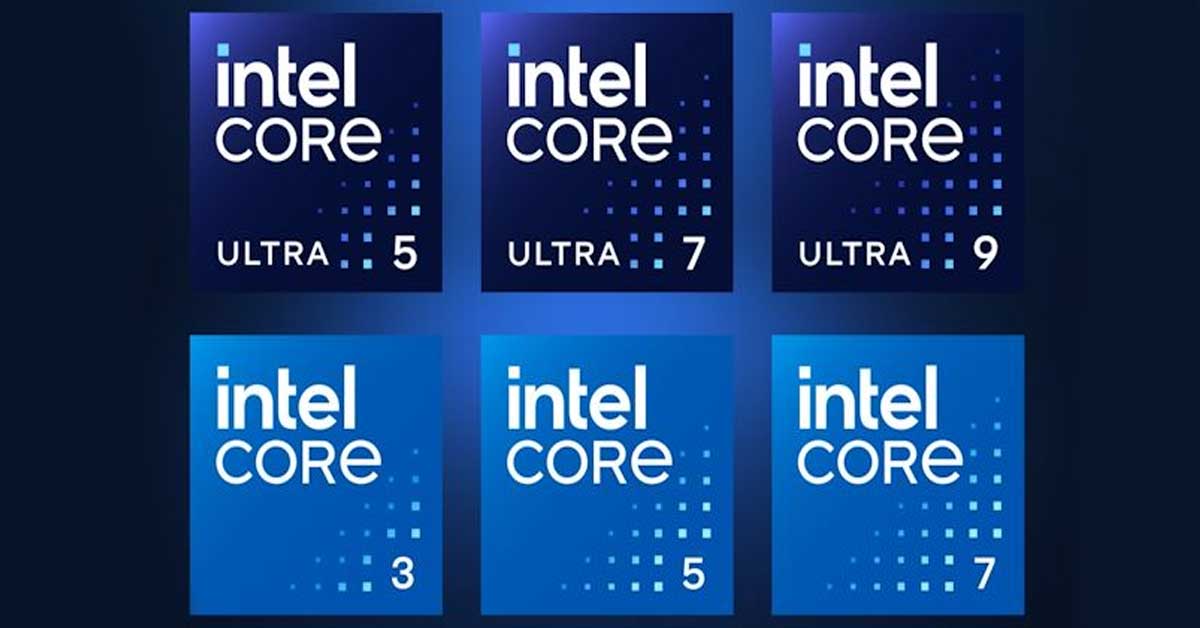Intel has confirmed the speculation that it will be bidding farewell to the iconic "i" in its processor names, such as "Core i9," "Core i7," "Core i5," and "Core i3." Additionally, the company will not adopt the commonly used "14th Gen" label for its upcoming series of processors. Instead, Intel has devised a new branding strategy, intending to offer three tiers of consumer chips: Intel, Intel Core, and Intel Core Ultra.
According to Intel's branding experts, the decision to remove the "i" stems from the concern that the word "Intel" was being overshadowed and undervalued. The impending release of the highly anticipated Meteor Lake chips in the latter half of 2023 presented an ideal opportunity for a change.

Christopher Hirsch, Intel's director of product branding, explained that the company observed how various stakeholders, including the tech press, retailers, original equipment manufacturers (OEMs), and partners, often reduced Intel's processors to a mere letter and number combination.
Intel's research revealed that the term "Core" was the significant identifier associated with the company, rather than the specific designations like "i5" or "i7." Hirsch expressed concerns that the letter "i" alone could be easily misunderstood, leading to a lack of awareness regarding Intel's products.
However, removing the "i" posed challenges, making it harder to shorten the processor names. Hirsch gave an example, stating that people wouldn't simply say, "I bought a seven." Instead, they might opt for phrases like "Core 7" or "Ultra 7." This transition also allows Intel to differentiate its flagship processors from the mainstream ones, comparing how BMW distinguishes its M5 series from the regular 5 series.

While Intel's brand strategist, Tim Thraves, acknowledged that the "Ultra" label doesn't necessarily represent speed, style, or luxury for Intel, he emphasized that it signifies enhanced features.
Intel's Ultra products will incorporate graphics capabilities at the level of Arc, which won't be found in mainstream Core processors. Moreover, these products will boast AI capabilities similar to those offered by competitors like AMD, Apple, and Qualcomm, in addition to delivering exceptional performance.
The new branding approach aims to shift the customer's decision-making process from identifying as an "i7 guy" or an "i9 guy" to distinguishing between being an "Ultra buyer" or a "Core buyer." Following this distinction, customers can consider the different tiers, such as 3, 5, 7, and 9. Notably, there won't be an Ultra 3 or a Core 9, likely to avoid creating mixed messaging.

Enthusiasts need not worry about losing specific chip identifiers, as Intel assures that the full alphanumeric model numbers, indicative of a chip's capabilities and generation, will remain available. Hirsch assures consumers that the model numbers will be present for those who require such details.
To illustrate the changes, Intel shared some fictional chip names as examples:
- Intel Core Ultra 9 processor 1090H:
Represents a flagship laptop processor with powerful integrated graphics.
- Intel Core Ultra 7 processor 1070K:
Denotes a high-performance desktop processor that allows enthusiasts to overclock.
- Intel Core 5 processor 1050U:
Signifies a midrange low-voltage laptop chip catering to a specific market segment.
While concerns arise about potential confusion between the previous generation (13th Gen) and the latest one (14th Gen) due to the lack of explicit distinctions, Intel considers this a positive aspect rather than a drawback. According to Thraves, the flexibility provided by the new branding allows retailers to sell older products more effectively,

while simultaneously highlighting the new releases. However, consumers who wish to verify the specific chip numbers can still find them on store shelves.
It is worth mentioning that Intel had already discontinued its Pentium and Celeron value brands in the previous year. Consequently, lower-end processors, such as the Intel Processor N200, are now marketed as Intel processors.
Although the rebranding decision coincides with concerns about a declining PC market, the exact reasons behind Intel's strategy still need to be addressed during the discussion. Despite a concrete explanation, Hirsch and Thraves emphasized that Intel firmly believes the benefits of the rebranding endeavor outweigh any potential drawbacks.
Sources: theverge.com / tomshardware.com












